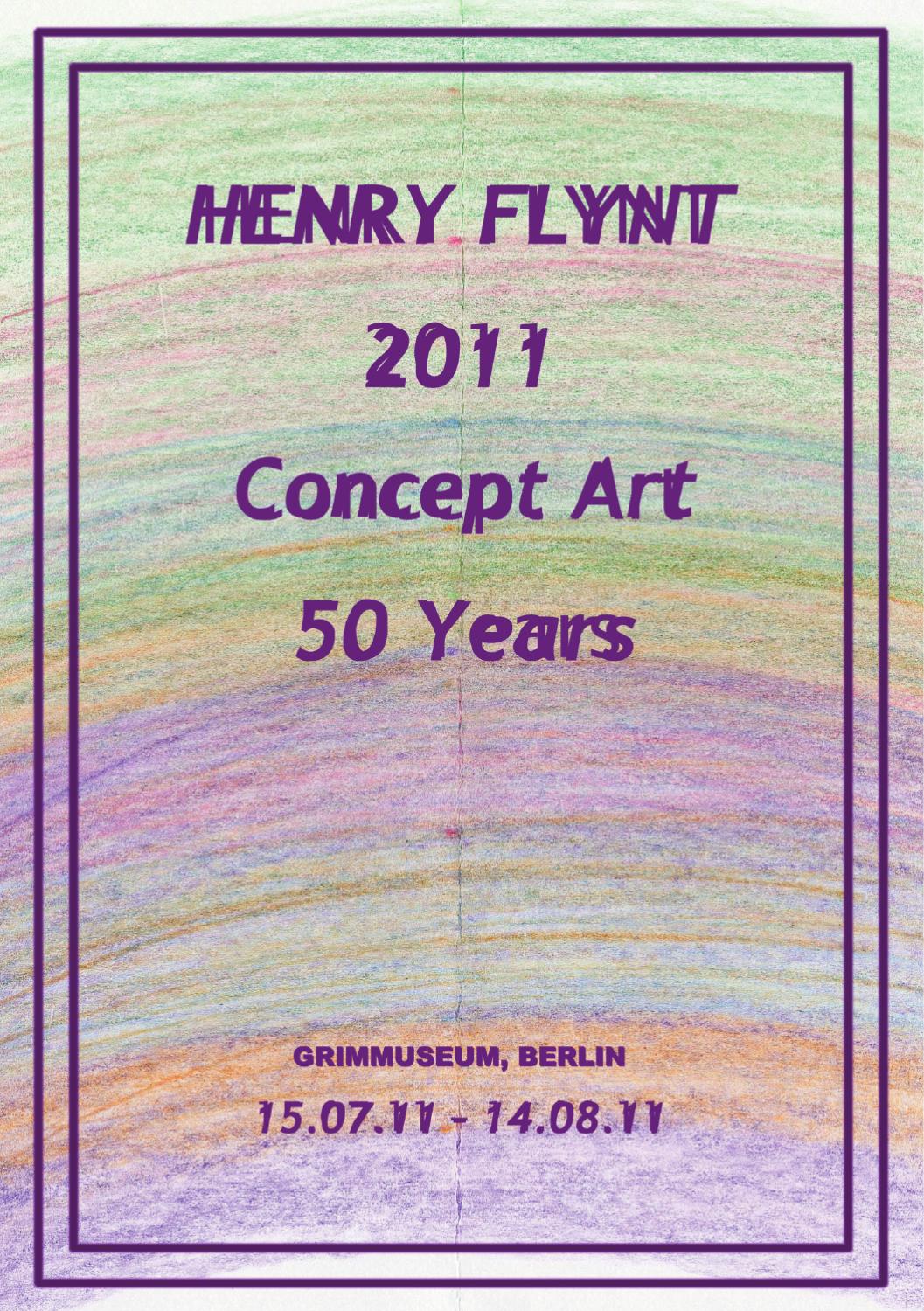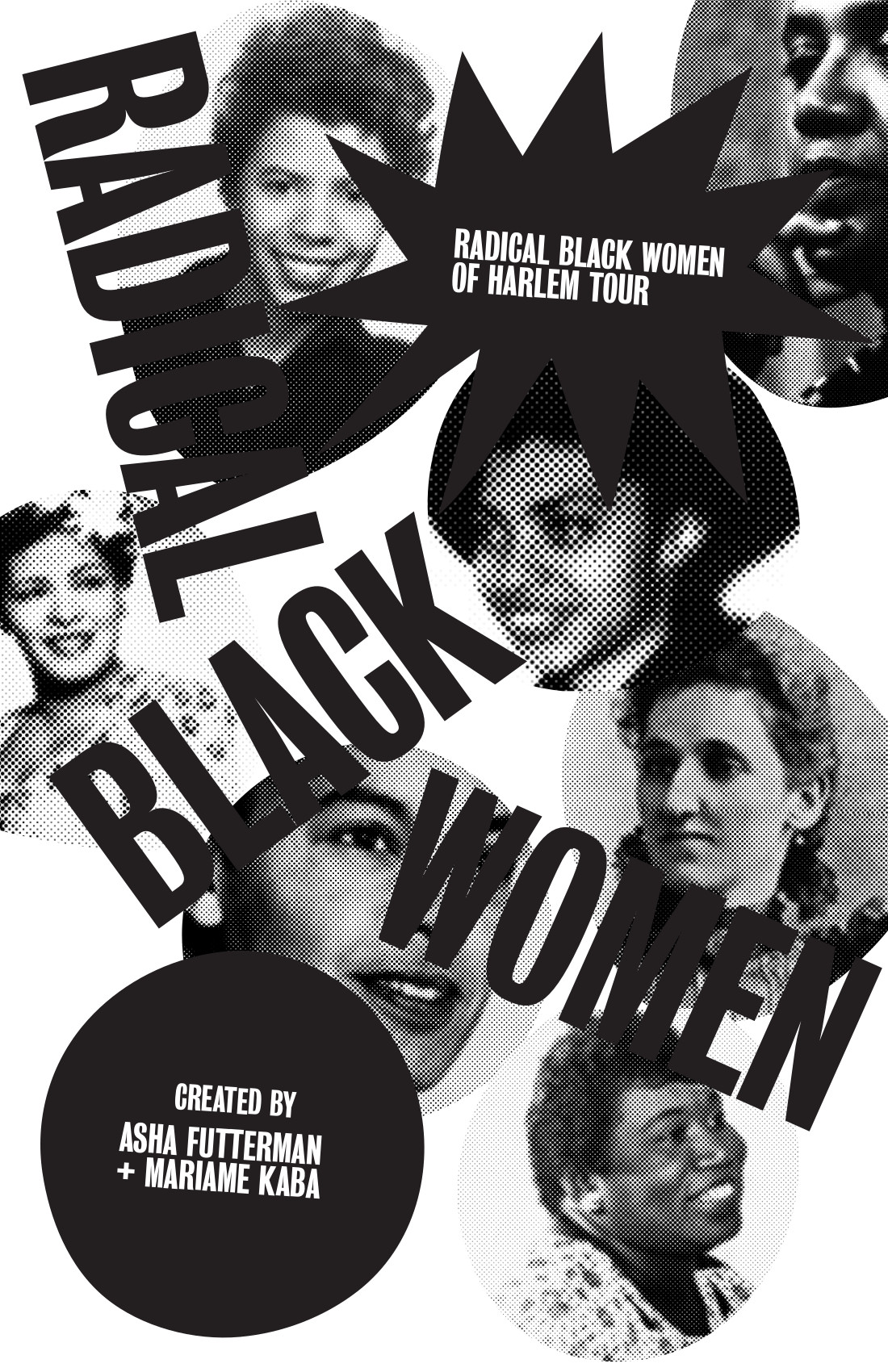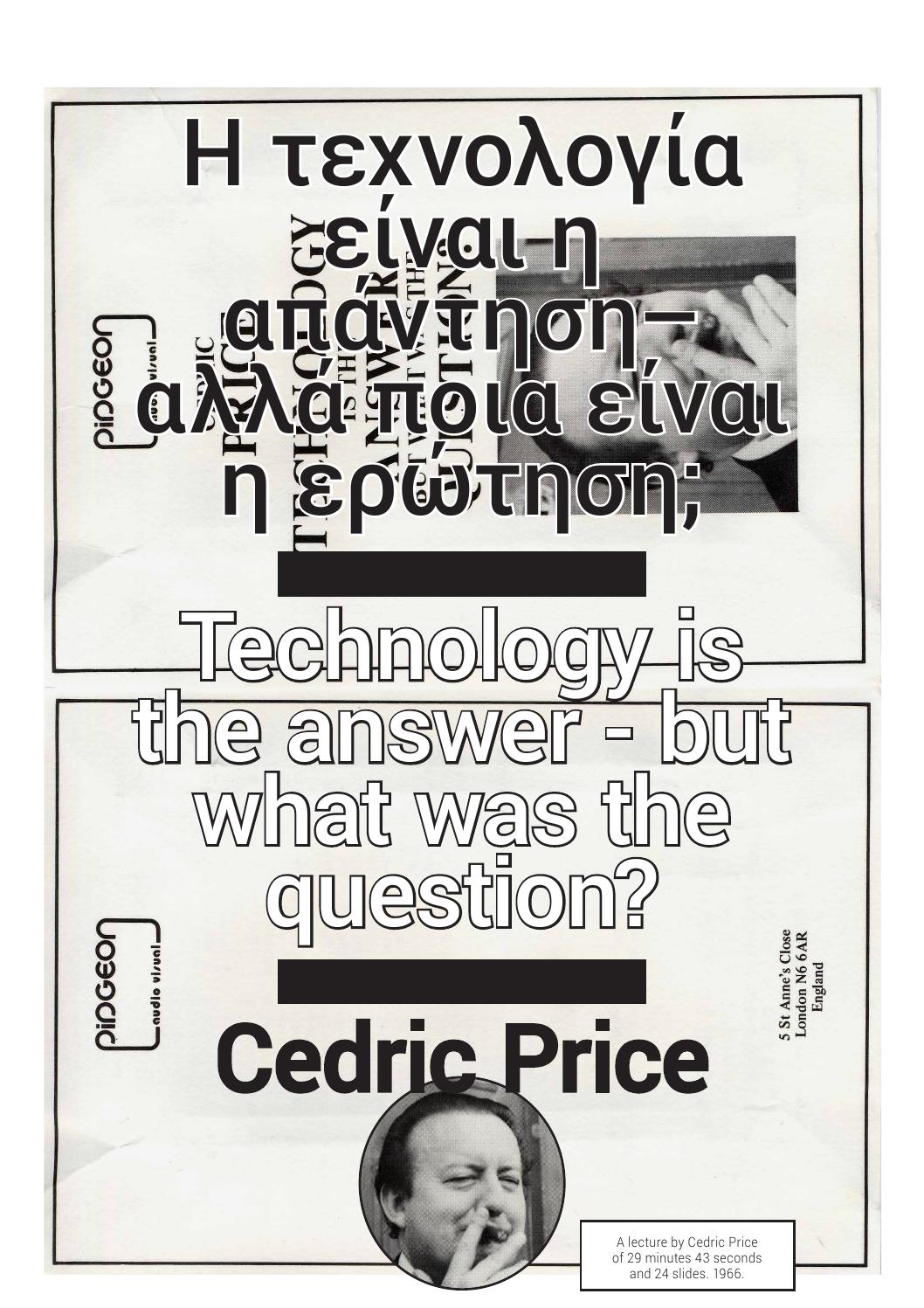Henry Flynt 2011 Concept Art 50 Years (2011)
Filed under booklet | Tags: · art history, conceptual art

Philosopher, composer and artist Henry Flynt revisits concept art.
Published on the occasion of the exhibition 7 Homotopies (How One Becomes The Other) held at Grimmuseum Berlin and curated by Francesco Cavaliere & Marcel Türkowsky within their Wisthle, Minotaure! series, 15 July – 14 August 2011.
Edited by Henry Flynt and Catherine Christer Hennix
Publisher Grimmuseum, Berlin, 2011
52 pages
Exposition, Press release
Publisher
PDF (34 MB)
Issuu (from Grimmuseum)
See also La Monte Young’s An Anthology (1963).
Comment (0)Radical Black Women of Harlem Tour (2019)
Filed under booklet | Tags: · activism, black people, new york, social movements, women

“Harlem is both an idea and a place. What became known as the ‘Black Mecca’ began as a farming village inhabited first by the Lenape and then by the Dutch. The first Black people in Harlem, both freed and enslaved, worked on farms in the area known as Niew Haarlem. New Haarlem was formally established as a settlement by Peter Stuyvesant in 1658 and was named after the Dutch city of Haarlem. For generations, the sole connection between Niew Haarlem and Niew Amsterdam was a diagonal road built on an old Native path: a street we now call Broadway…
Learn more about this history and the extraordinary contributions of radical Black women who built community, fought for freedom, and imagined other futures, including Williana Jones Burroughs, Regina Anderson Andrews, Ella Baker, Claudia Jones, Lorraine Hansberry, Salaria Kee, Madame C.J. Walker, A’Lelia Walker, Victoria Earle Matthews, Zora Neale Hurston, Louise Thompson Patterson, Dorothy Height, Pauli Murray, Amy Ashwood Garvey, Billie Holiday, Audre Lorde, Madame Stephanie St. Clair, Marvel Cooke, Eslanda Goode Robeson, Una Mulzac, Grace Campbell, and Willie Mae Mallory.
The Radical Black Women of Harlem Walking Tour offers an important contribution to the effort to uplift Black women’s intellectual, social and political work. We encourage community members, students, and educators to use this guidebook to organize tours in New York City, or as inspiration to design guidebooks in other neighborhoods and cities.”
Research and Writing by Asha Futterman and Mariame Kaba
Published in New York, May 2019
20 pages
HT jul
Cedric Price: Technology Is the Answer, but What Was the Question? (1966/2015) [English/Greek]
Filed under booklet | Tags: · architecture, technology

““Technology is defined in the Oxford dictionary as the science of industrial art.” Cedric Price affirmed in 1966 at the beginning of his lecture entitled ‘Technology is the answer, but what was the question?’. The lecture speaks about the Fun Palace, the transdisciplinary cultural centre that Price designed in 1960 for Joan Littlewood.
The Fun Palace, which was never realised, is emblematic of our own era. It lends itself more to the choreography of 21st century time-based exhibitions than to the object- based displays of the 20th century; it fosters a more communal experience, largely free to operate outside its material limits, and ventures into other realms of human experience. In Price’s own words, “a 21st century museum will utilize calculated uncertainty and conscious incompleteness to produce a catalyst for invigorating change whilst always producing the harvest of the quiet eye”.”
With an Introduction by Lorenza Baroncelli
Published 2015
[43] pages

